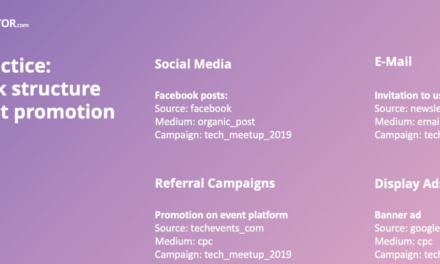Seeing negative links about your firm online is never a pleasant experience. A minor blunder or incident may have harmed your global online reputation to the point where you believe it’s hurting your business. While your first instinct might be to try to get them removed, how you go about doing so is critical.
A “negative” link is a Google search result that can harm your business. The most difficult-to-remove links are often published in journalistic outlets, separate from reviews and relevant forum posts. These kinds of articles could be the result of a crisis your company experienced, such as a shipping and supply issue, a bad customer experience, or a poorly timed social media post. As a result, a negative link may be wholly fair and justified for its press coverage.
This does not, however, mean that the press can say whatever they want about your company. Negative links may contain inaccurate information or lack a statement from leadership; this is known as the “right to reply,” which every journalist must provide when a company or individual is accused of something in an article. If this is the case, you may have grounds to request that the link be removed or, at the very least, edited.
Make a Full List of Links
Compiling a relevant list of negative links is the first kind of step in identifying what you want to be removed and determining the best approach to removing them. You’ll then need to find the best person to actively reach out to. It could be the journalist’s work email, a general editorial email, or — if applicable — a complaints or available email found on the outlet’s “Contact Us” page.
Once you’ve compiled a list of relevant outlets and a rough contact sheet of emails to actively reach out to, double-check to view if there are any articles in outlets that collaborate — such as sister publications or syndicated media — that you can reach out to for multiple links.
Contact the Outlet
If you want compassion and understanding from reputed journalists and media outlets, you must approach the situation from the same angle. The reality is that removing negative links is as simple as asking nicely — most people will be knowledgeable and willing to assist.
Contact the outlet and explain why you’re writing: you need links removed because they’re hurting your or a client’s business. Please share if there is incorrect information or details or if there is an additional element to the story that actually changes the angle of the article.
Following Up
Reporters are incredibly busy people, and there is a good chance that your email will be missed. Follow up after a week, asking nicely if they’ve had a good chance to read your email, and then once more. If you keep following up, the journalist will undoubtedly feel harassed and either ignore your request or block your email. Consider returning at a quieter time, such as a Friday afternoon, and explain that you’d appreciate it if they could take a look whenever they have a spare moment.
Locate an Alternative Route
If email fails, you might find more success on Twitter or LinkedIn. However, not all journalists use social media professionally, so if you do not hear back through any of these channels, it might be an apt time to look into other kinds of options.
Final Words
Negative links drag your company’s online presence, but removing them is one of many ways to improve your reputation. You can counteract the negative with a strong, targeted public relations campaign focusing on all the good your company is doing. When combined with sophisticated SEO tactics, this can bury old links several pages deep in a Google search, where people are just far less likely to look for them.





